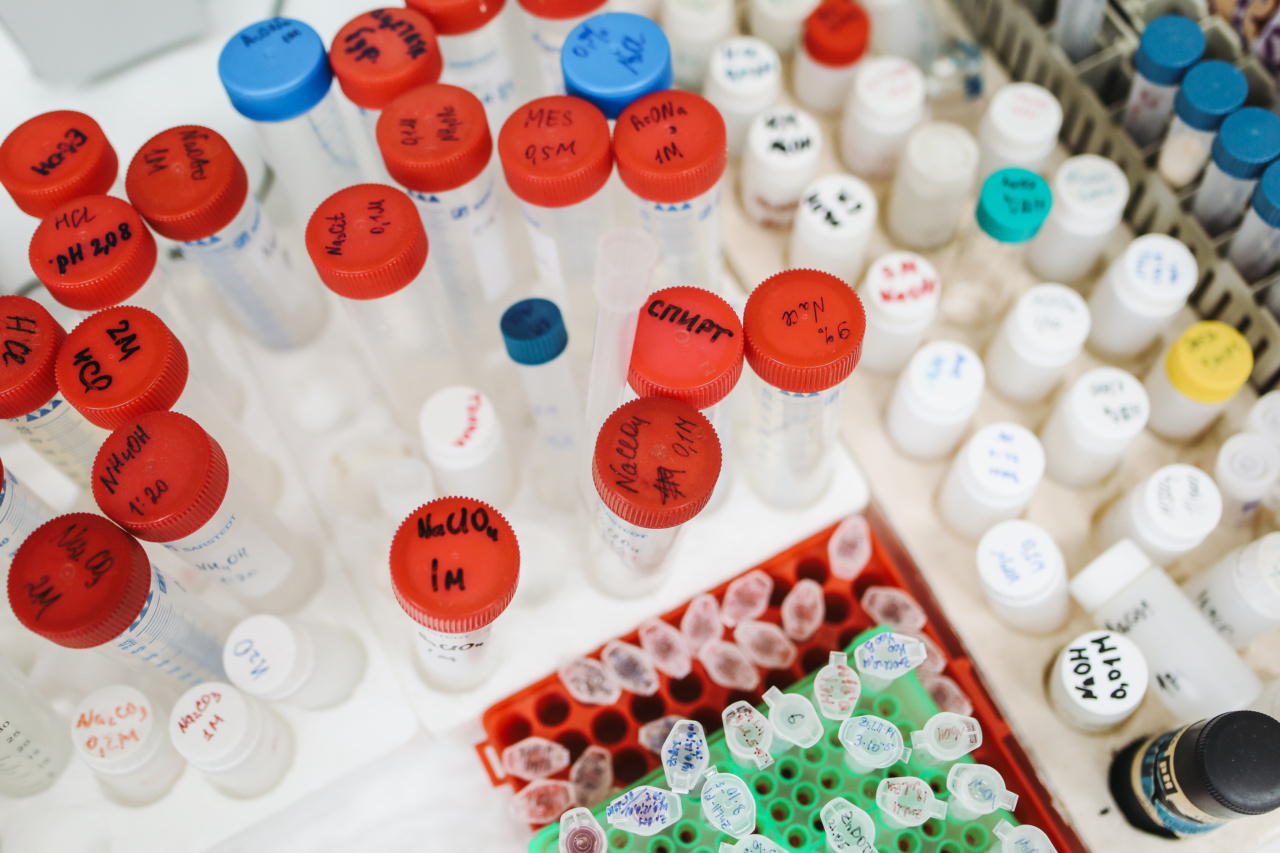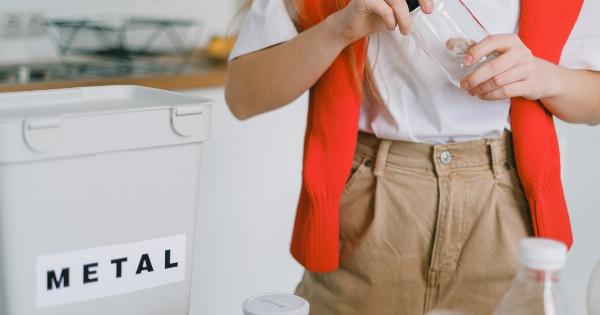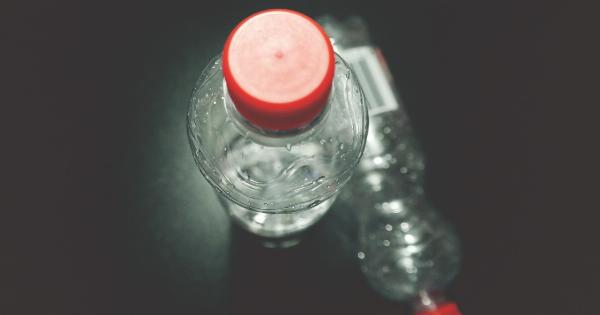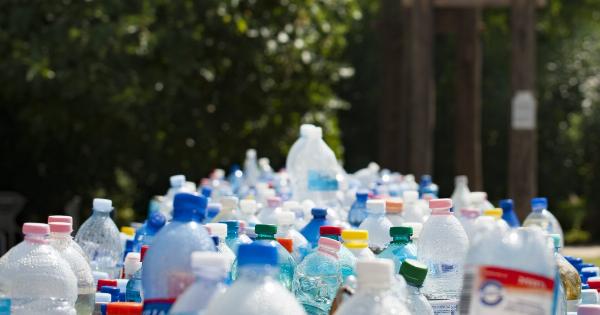Plastic bottles have become an integral part of our modern lifestyle. We use them to store water, sodas, juices, and a variety of other beverages.
However, recent research has raised concerns about the chemicals present in plastic bottles and their potential for triggering headaches.
The Chemical Culprits
Plastic bottles are typically made of a type of plastic called polyethylene terephthalate (PET). This type of plastic is known to contain chemicals such as antimony trioxide and phthalates.
Antimony Trioxide
Antimony trioxide is often added to PET plastic to improve its durability and flame resistance. However, multiple studies have suggested a possible link between exposure to antimony trioxide and headaches.
A study published in the journal Environmental Health Perspectives found that workers in a factory that produced PET bottles exhibited a higher prevalence of headaches compared to a control group.
The researchers hypothesized that the presence of antimony trioxide in the manufacturing environment could be a contributing factor.
Another study published in the International Journal of Occupational Medicine and Environmental Health showed a significant association between exposure to antimony trioxide and the frequency and intensity of headaches in a group of exposed workers.
Phthalates
Phthalates are chemicals commonly used as plasticizers in various types of plastics, including PET. They help make the plastic bottles more flexible. However, studies have suggested that phthalates may have adverse health effects, including headaches.
A study published in the journal Environmental Health Perspectives found a positive association between exposure to certain phthalates and migraines in women of reproductive age.
The researchers concluded that phthalates may act as triggers for migraines.
Additionally, a study in the Journal of Occupational and Environmental Medicine revealed a link between exposure to phthalates and tension-type headaches in a group of exposed workers.
How these Chemicals Trigger Headaches
The exact mechanisms by which the chemicals in plastic bottles trigger headaches are not fully understood. However, several hypotheses have been proposed.
Firstly, it is suggested that these chemicals may have a direct neurotoxic effect on the brain.
Antimony trioxide, for example, has been shown to induce oxidative stress and disturb normal cellular functions in the brain, potentially leading to headaches.
Secondly, these chemicals may disrupt the endocrine system, which plays a crucial role in regulating various bodily functions, including pain perception.
Phthalates, in particular, have been implicated in endocrine disruption, which could contribute to headache development.
Lastly, plastic bottles that have been exposed to heat or sunlight for an extended period may leach higher amounts of these chemicals into the stored beverages, increasing the potential for headache triggers.
Reducing Exposure and Minimizing Headache Risk
Minimizing exposure to the chemicals in plastic bottles can help reduce the risk of headaches. Here are some suggestions:.
1. Opt for glass or stainless steel containers: Consider using glass or stainless steel bottles or containers instead of plastic ones. These alternatives are generally considered safer and do not contain the same chemicals of concern.
2. Use BPA-free plastics: Look for plastic bottles labeled as BPA-free. Bisphenol A (BPA) is another chemical commonly found in plastics, and research has linked it to various health issues, including headaches.
3. Avoid exposing plastic bottles to heat or sunlight: Heat and sunlight can accelerate the release of chemicals from plastic bottles. Try to keep them in a cool, shaded place to minimize the potential for chemical leaching.
4. Stay hydrated with filtered tap water: Instead of relying heavily on bottled beverages, consider drinking filtered tap water.
Using a water filter can help remove potential contaminants and reduce the need for plastic bottle consumption.
5. Practice stress management: Stress is a common trigger for headaches. Incorporating stress management techniques like regular exercise, mindfulness, and adequate rest can help reduce the overall headache burden.
Conclusion
Plastic bottles, especially those made of PET, may contain chemicals such as antimony trioxide and phthalates, which have been linked to headaches.
While the exact mechanisms are not fully understood, reducing exposure to these chemicals by opting for alternative materials and minimizing heat and sunlight exposure can help lower the risk of headaches. Prioritizing hydration with filtered tap water and adopting stress management techniques can further contribute to headache prevention.
By making conscious choices, we can protect our well-being and minimize potential health risks associated with plastic bottle chemicals.




























